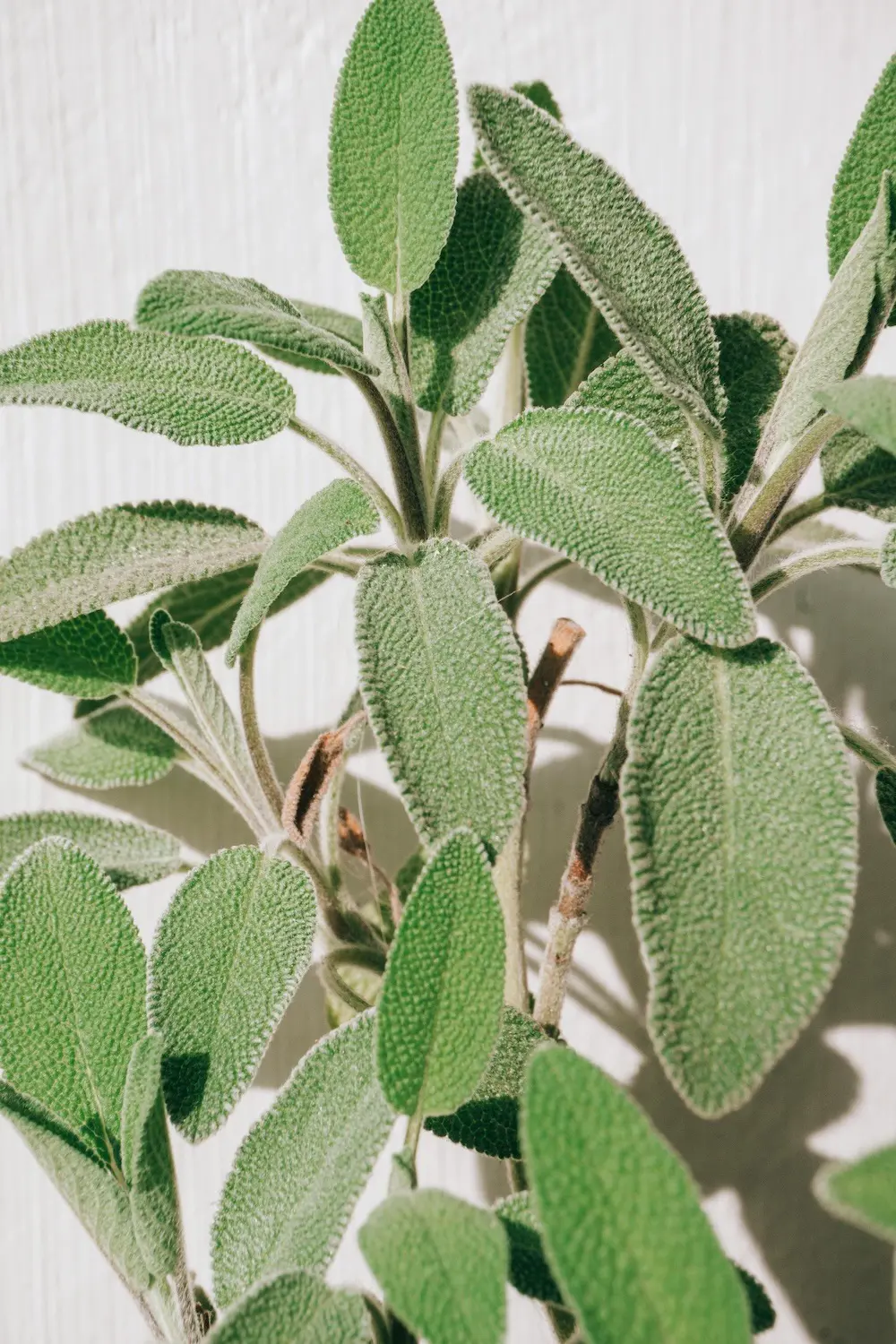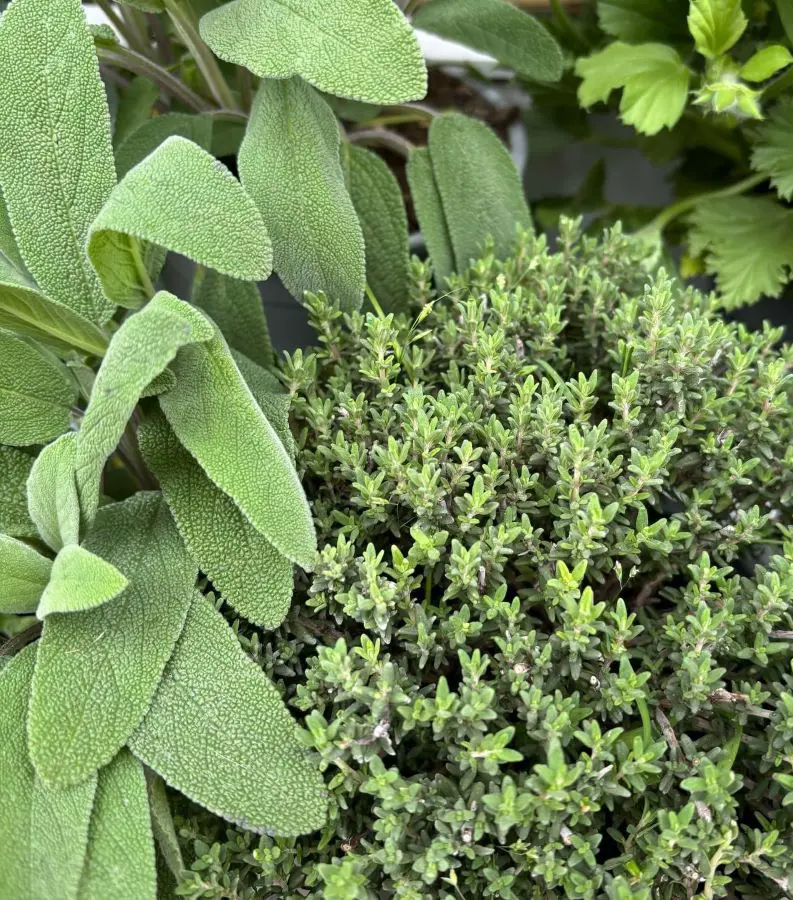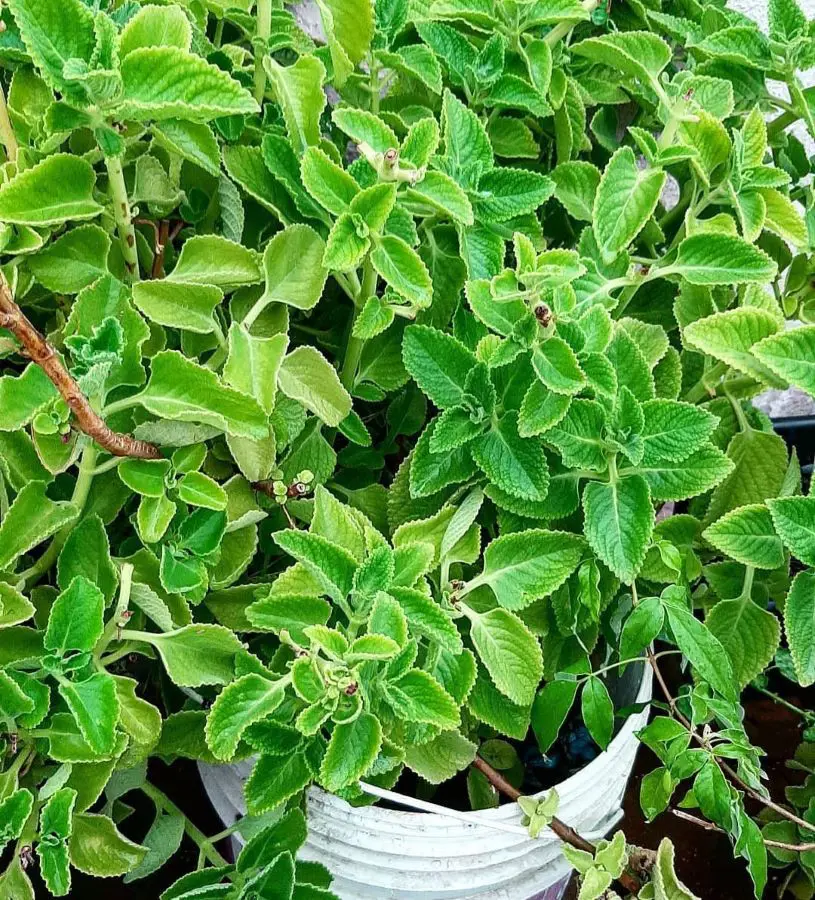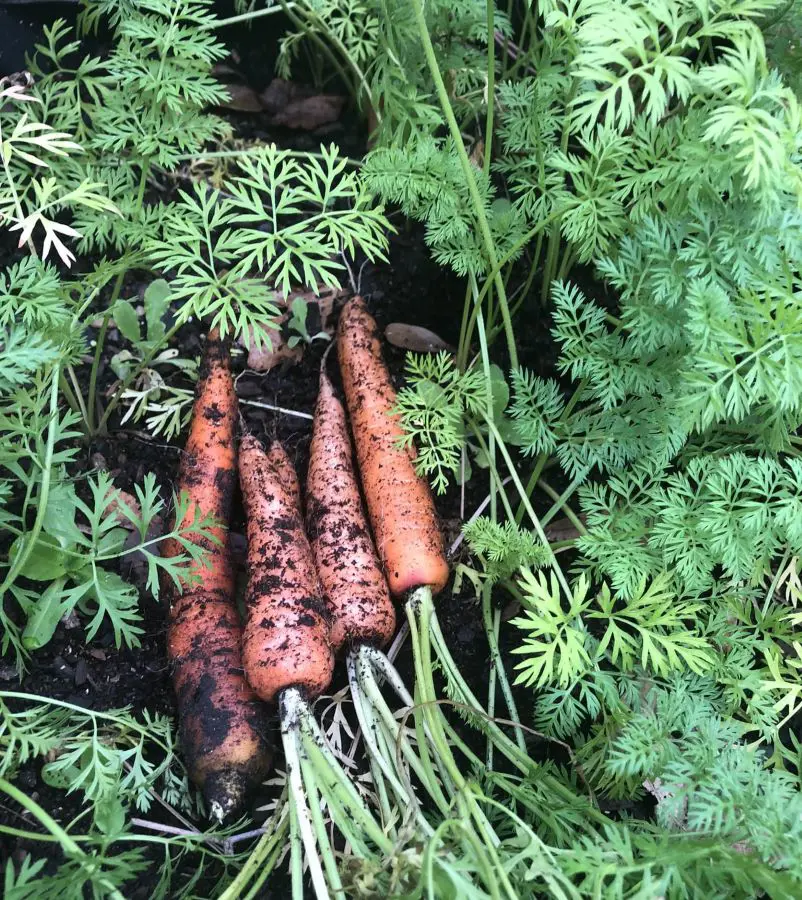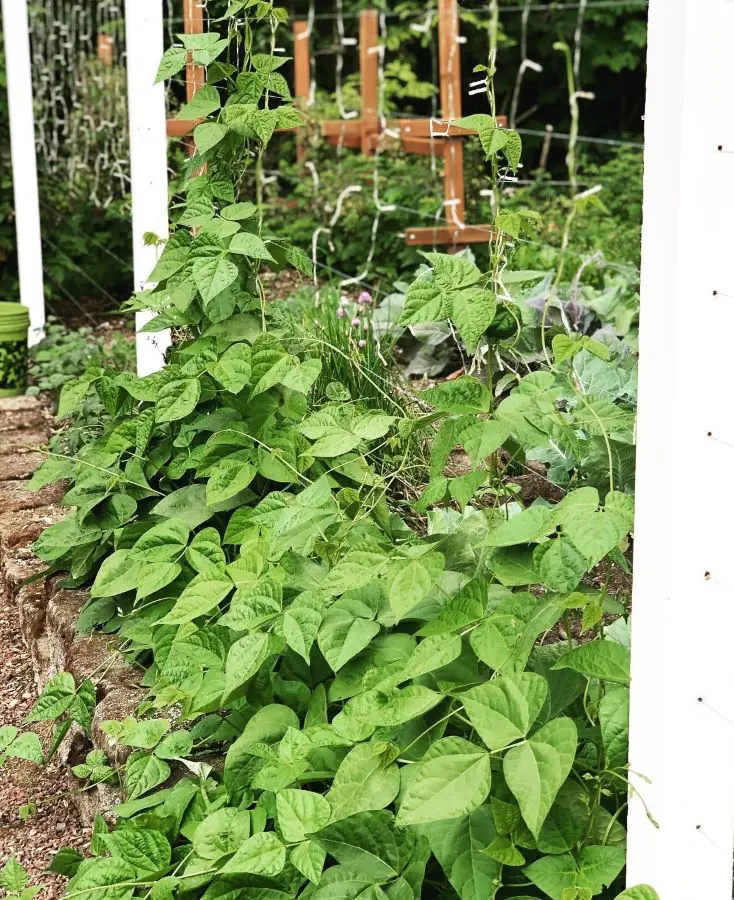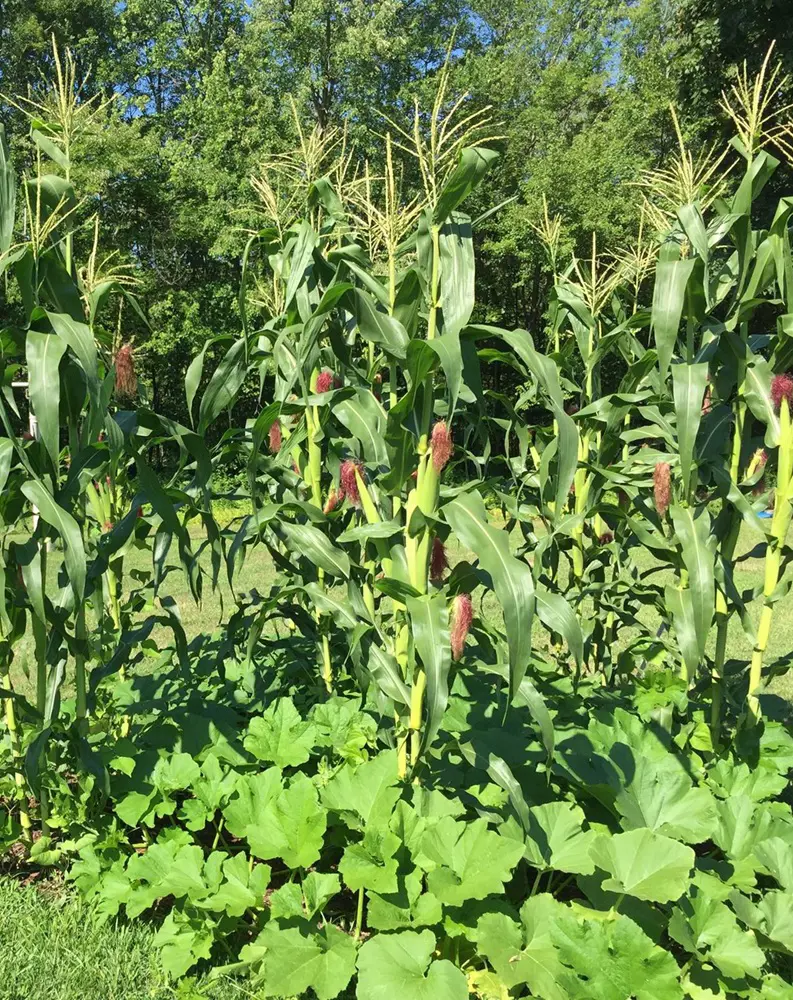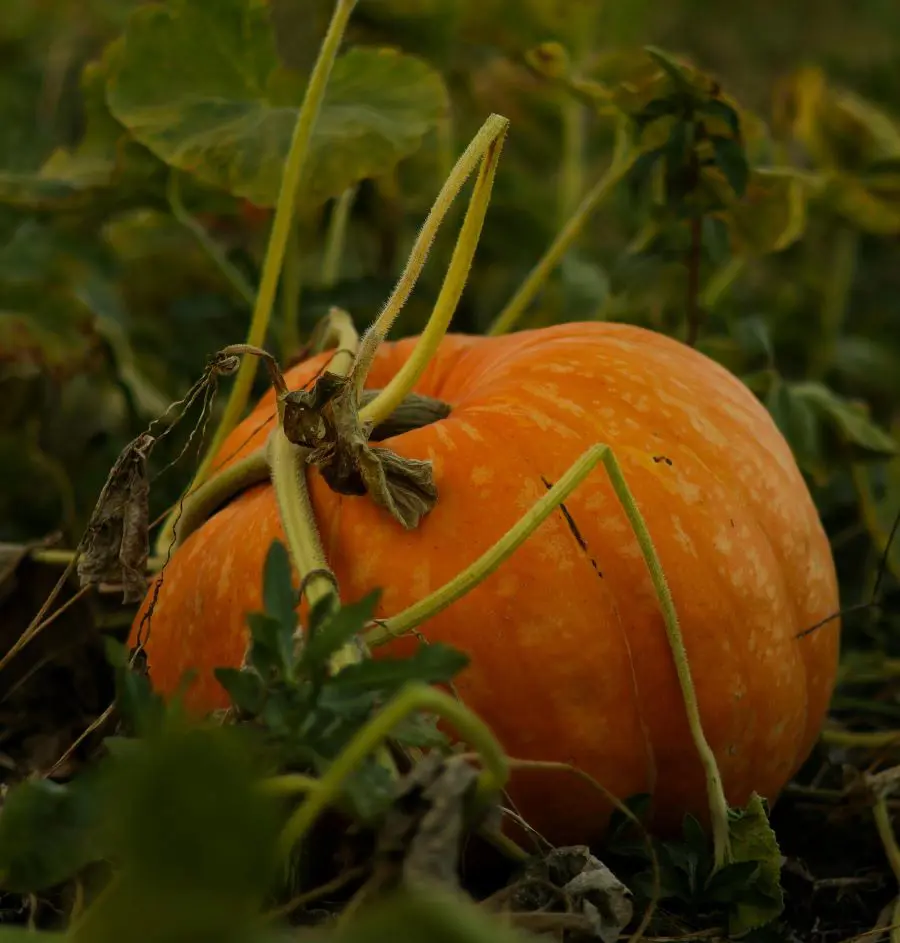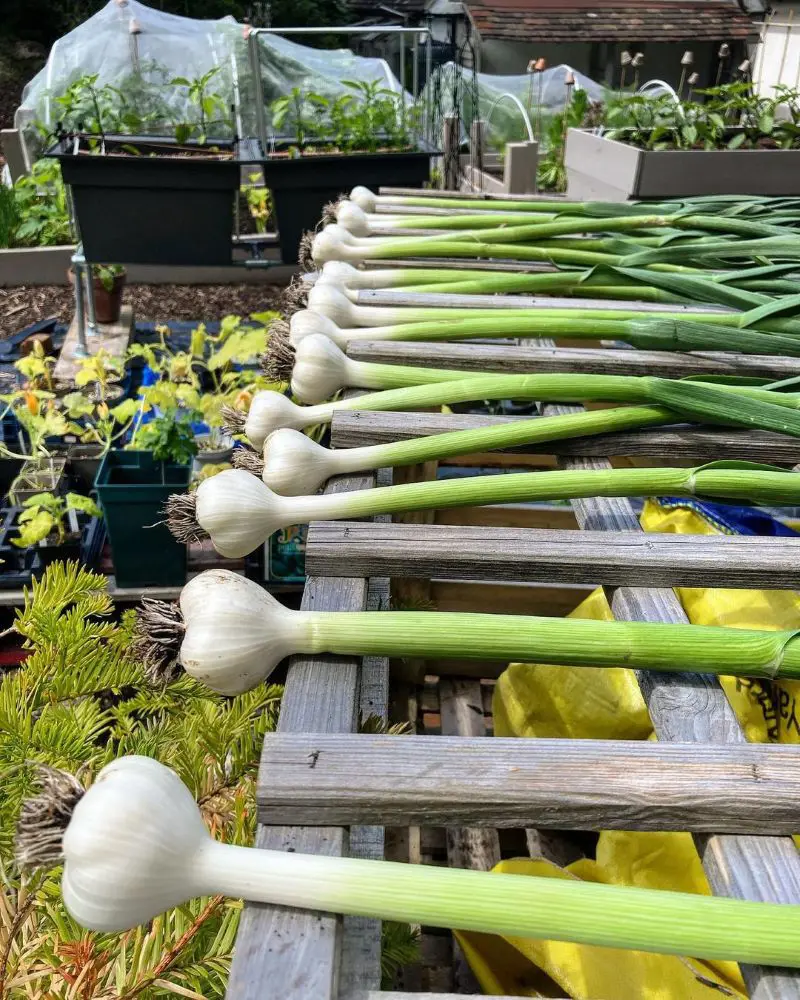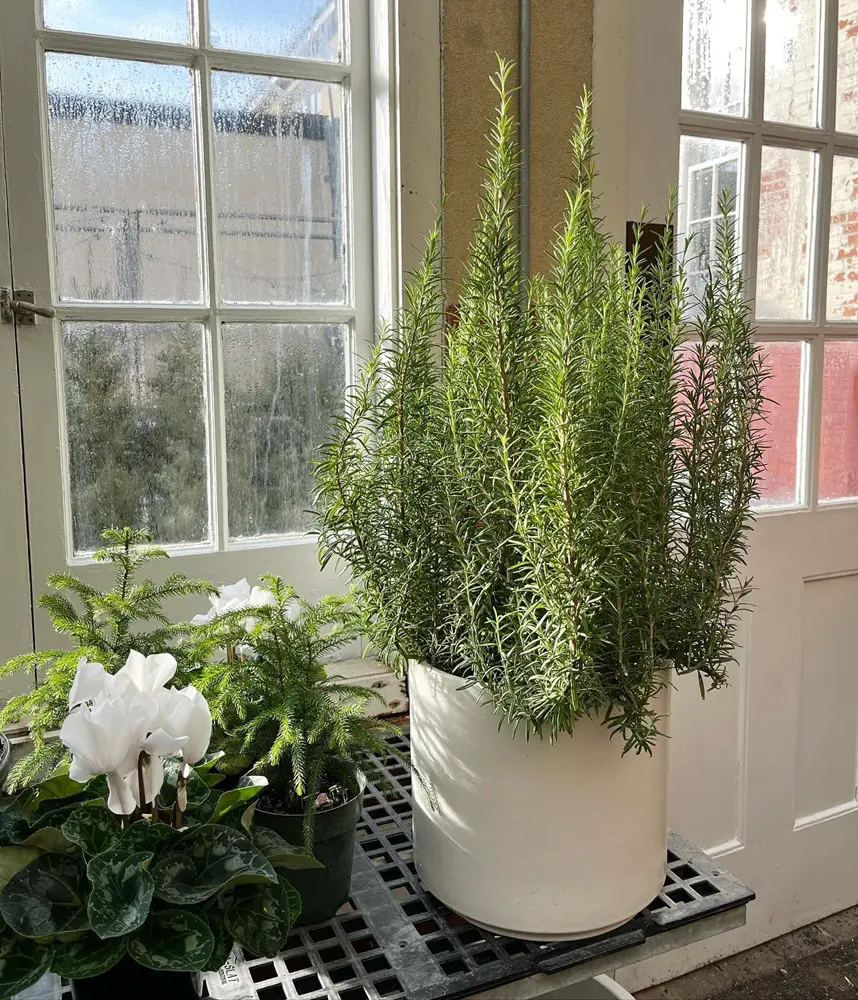Sage Plant Overview
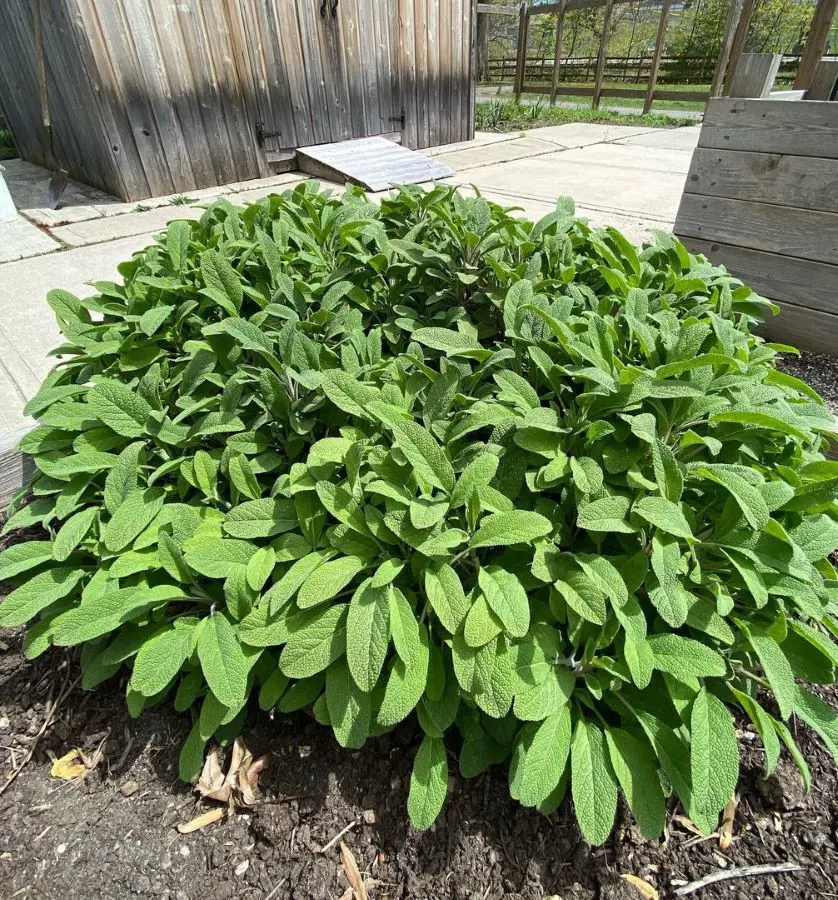
Sage aromatic plant is a type of herb that people often grow in their gardens. It's known for its strong, pleasant smell and taste. Sage has soft, grayish-green leaves that are a bit fuzzy to the touch. The plant can produce small purple, pink, or white flowers.
People usually use sage leaves in cooking to add flavor to dishes like meats, soups, and sauces. Sage can also be used as tea. This herb is not only tasty but also healthy. It can help with digestion, reduce inflammation, and have antioxidants that are good for your overall health.
Here are 15 companion plants, which, when grown alongside sage, can help attract helpful insects and improve the soil.
